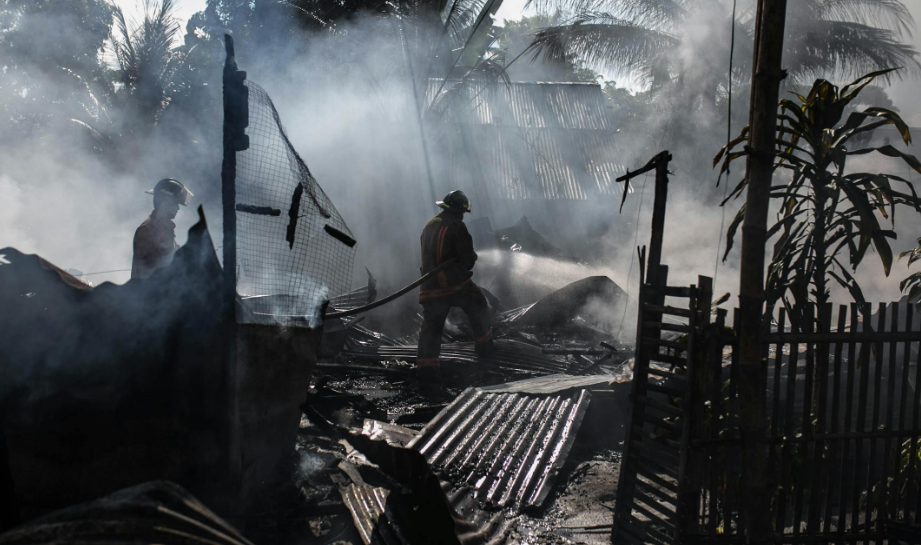Over 3,000 People Found Dead After Fatal Myanmar Earthquake

© Denniz Futalan / Pexels
On March 28, 2025, a powerful 7.7-magnitude earthquake struck Myanmar near Mandalay, causing widespread devastation.
The tremors were felt across Southeast Asia, significantly impacting neighboring Thailand.
Rising Death Toll and Rescue Operations
As of April 1, 2025, the death toll in Myanmar has surpassed 2,700, with expectations that it could exceed 3,000 as rescue operations continue. In Thailand, particularly in Bangkok, 20 fatalities have been reported, primarily due to the collapse of a high-rise building under construction.

Rescue teams have been working tirelessly, digging through debris with the hope of finding survivors. One of the most heartwarming moments came when a 63-year-old woman was pulled alive from the rubble in Myanmar’s capital more than 48 hours after the quake.
Infrastructure Damage and Challenges
The earthquake has caused severe damage to homes, roads, and key infrastructure. Over 10,000 buildings in central and northwest Myanmar have been reduced to rubble, leaving thousands homeless. In Bangkok, the collapse of a skyscraper has sparked concerns over building safety, prompting authorities to launch an investigation into potential design flaws or construction issues. Hospitals in affected areas are overwhelmed, with medical staff struggling to treat the influx of injured patients.
Humanitarian Crisis and Aid Response
The disaster has exacerbated Myanmar’s existing humanitarian crisis, with urgent needs for shelter, clean water, and medical supplies. The ongoing civil war in the region has further complicated relief efforts. International organizations, including the United Nations and UNICEF, are mobilizing resources to assist affected populations.

How the Region is Responding
Governments across Southeast Asia have pledged support to Myanmar and Thailand. Thailand’s Prime Minister has dispatched emergency teams and pledged financial assistance to Myanmar’s recovery efforts. Meanwhile, Japan, a country with extensive experience in earthquake preparedness, has offered to send disaster relief experts and aid supplies.
Community Resilience and Global Support for Myanmar
Despite the challenges, local communities have shown remarkable resilience, with volunteers aiding in rescue and relief efforts. The global community has also stepped in, providing financial aid and support to assist in recovery and rebuilding efforts.
This earthquake serves as a stark reminder of the need for robust disaster preparedness and resilient infrastructure in seismically active regions.
The Science Behind the Quake
Seismologists have attributed the earthquake to movement along a major fault line in Myanmar, a region known for its seismic activity. Experts warn that aftershocks are likely to continue for weeks, with some strong enough to cause further damage.
They emphasize the urgent need for improved earthquake preparedness in Southeast Asia, particularly in Myanmar, where outdated building codes and a lack of disaster readiness have contributed to the devastation.
You might also want to read: Massive Earthquake Strikes Myanmar and Thailand, Kills Several


